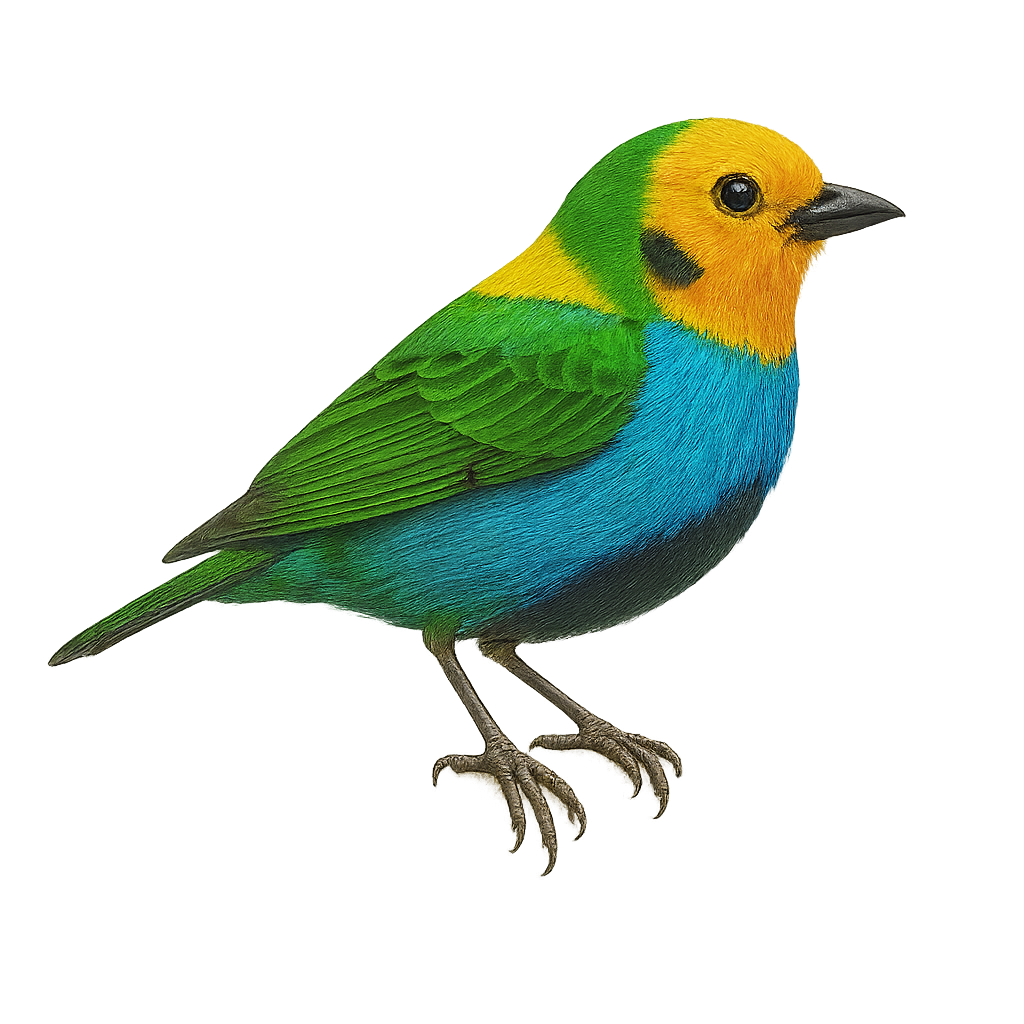Your wildlife photography guide.
Explore the multicolored tanager in detail, study its behavior, prepare your shots.
Where to observe and photograph the multicolored tanager in the wild
Learn where and when to spot the multicolored tanager in the wild, how to identify the species based on distinctive features, and what natural environments it inhabits. The WildlifePhotographer app offers tailored photography tips that reflect the multicolored tanager’s behavior, helping you capture better wildlife images. Explore the full species profile for key information including description, habitat, active periods, and approach techniques.
Multicolored Tanager
Scientific name: Chlorochrysa nitidissima

IUCN Status: Near Threatened
Family: THRAUPIDAE
Group: Birds
Sensitivity to human approach: Suspicious
Minimum approach distance: 10 m
Courtship display: April to June
Incubation: 13-15 jours
Hatchings: April to July
Habitat:
tropical moist forests, subtropical moist forests
Activity period :
Primarily active during the day, with peak activity in the morning and late afternoon.
Identification and description:
The Multicolored Tanager, or Chlorochrysa nitidissima, is a bird from the Thraupidae family, endemic to the humid montane forests of Colombia. This bird is particularly admired for its vibrant plumage, combining shades of green, blue, yellow, and red, making it easily recognizable. It primarily inhabits tropical and subtropical moist forests, often at altitudes between 1,200 and 2,200 meters. The Multicolored Tanager is a diurnal bird, active mainly during the day, and feeds primarily on fruits and insects. Although its habitat is limited, it is currently classified as "Near Threatened" by the IUCN due to deforestation and habitat loss.
Recommended lens:
400 mm – adjust based on distance, desired framing (portrait or habitat), and approach conditions.
Photography tips:
To photograph the Multicolored Tanager, it is advisable to use a telephoto lens of at least 400mm to capture the details of its vibrant plumage without disturbing it. Look for it in montane moist forests, where it is often active during the day. Be patient and discreet, as this bird can be suspicious. Use a tripod to stabilize your camera and wait for the right moment to capture the bird in its natural habitat, focusing on the bright colors of its plumage.
From knowledge to field practice
A species profile helps you understand an animal. In the field, the challenge is often different. Remembering your own observations.
The WildlifePhotographer app allows you to:
• record your personal observations
• note locations, dates, and behaviors
• revisit your field references over time
• build a private and long-term field logbook
The app does not provide observation locations.
It helps you organize what you actually observe, with respect for wildlife.

